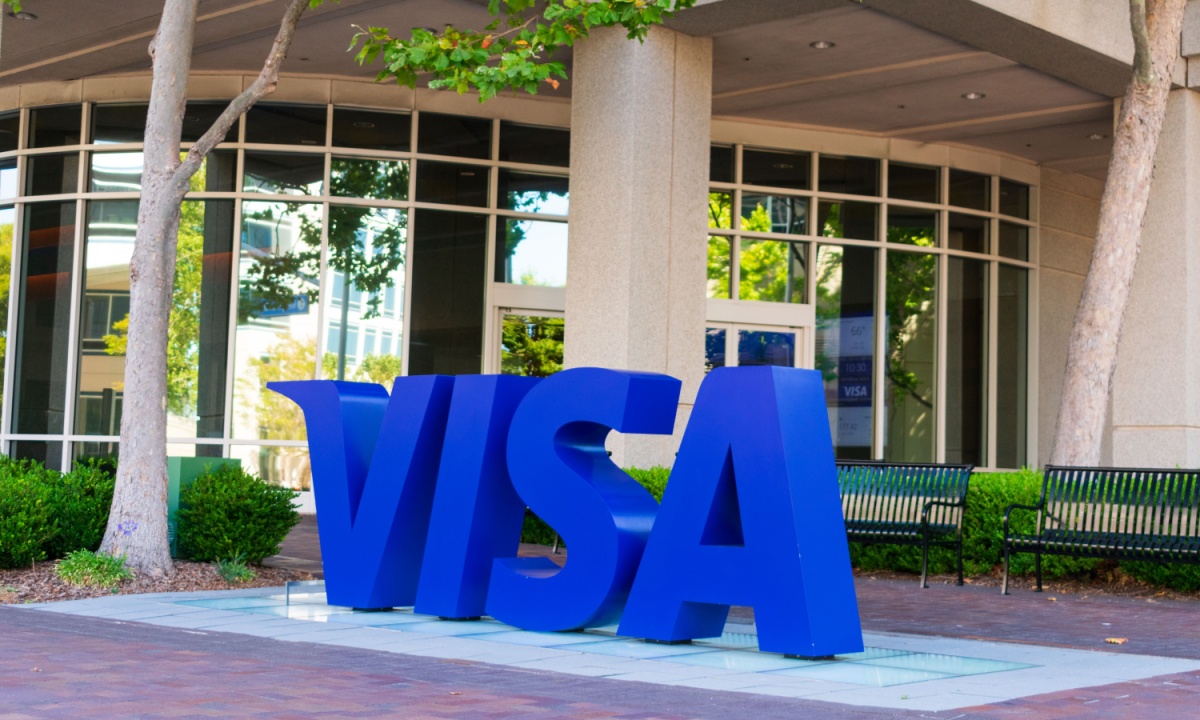At a time when economic indicators offer a mixed picture, one constant tends to remain: the simple, unavoidable, fact of payments as a lever for commerce.
That was the theme Visa executives shared with investors during Tuesday’s (July 29) third quarter 2025 earnings call, with leadership highlighting the firm’s aggressive pursuit of next-generation payment innovations, one bolstered by double-digit growth in revenue and earnings for the most recent quarterly reporting period.
“Our continued focus on innovation and product development in dynamic areas like AI and stablecoins is helping to shape the future of commerce,” said Visa CEO Ryan McInerney in a statement.
In a modern era where the payments landscape is fragmenting into countless new forms like mobile wallets, buy now, pay later (BNPL) and even crypto remittances, Visa is choosing not to resist change, but to orchestrate it, betting that its core moat of a global multi-rail network will remain durable.
“Healthy business driver trends continued [this quarter] … Consumer spending remains resilient, with continued strength in discretionary and non-discretionary growth in the U.S.,” McInerney added.
The company’s dual approach of platform openness (via application programming interfaces [APIs] and partnerships) and network defensibility (via scale and reliability) could make it uniquely positioned to act as a “network of networks,” whether the payment is initiated via card, wallet, stablecoin or bank transfer.
The challenge will be to execute with the same precision that has characterized its last decade.
Read more: Visa Gears Up to Lead the Agentic AI Commerce Revolution
Playing Offense, Not Defense to Win the Competitive Landscape
Visa’s net income for the quarter came in up 8% YoY at $5.3 billion GAAP. On a non-GAAP basis, which excludes certain litigation and acquisition-related charges, Visa reported net income of $5.8 billion, a 19% jump over Q3 2024. The company posted net revenue of $10.2 billion, up 14% from the year-ago quarter on both a nominal and constant-dollar basis.
The strength in Visa’s top line was mirrored by its key operational drivers. Payments volume rose 8% YoY in constant currency; while processed transactions totaled 65.4 billion, marking a 10% increase. Around the world, cross-border volume, excluding intra-European flows, surged 11%, indicating continued recovery in international travel and eCommerce.
Growth was balanced across geographies. U.S. volume growth was steady at 7% while international markets reached 10% growth. Notably, debit transactions in emerging markets like Latin America and Southeast Asia continue to accelerate as financial inclusion programs expand.
A significant area of investment for Visa is artificial intelligence (AI), where the firm is extending beyond fraud detection and personalization by developing AI-based APIs and developer tools to be embedded into merchant checkout flows and FinTech apps.
Among these include Visa’s Flex Credentials, officially called Visa Flexible Credential (VFC), which allow consumers to access and manage multiple funding sources — such as debit, credit, rewards points, BNPL and multi-currency accounts — using a single Visa credential (usually one card or digital credential) issued by one bank or financial institution.
The AI push also has internal applications. Visa’s customer service platforms now incorporate AI-powered response modeling, resulting in reduced case resolution times and improved merchant satisfaction. The company recently acquired a small Montreal-based machine learning firm to bolster its capabilities in unsupervised anomaly detection, which could prove essential as transaction complexity increases.
See here: Visa and Featurespace Take Fraud Fight to New Arena
Visa’s Innovation Strategy Sets Sights on Stablecoins
One of the bigger themes of the call was Visa’s ongoing investments and bets on stablecoins, which are now legally operable digital assets in the U.S.
“Consumers and businesses are using stablecoins to save money in U.S. dollars, but they also want to spend that money, and there’s no better way to do that than with a Visa crypto card,” McInerney said in a call with analysts. “We are piloting and partnering with stablecoin companies … as we build out our stablecoin settlement stack … we are working to streamline treasury operations, improve liquidity management and enable quick and more cost effective cross-border transactions.”
“We are also helping banks issue their own stablecoins and realize the benefits of programmable money,” the Visa CEO added. “There is so much more to come in this space.”
When it comes to remittances, McInerney said that Visa sees “a lot of opportunity” for stablecoins and “more broadly in cross-border, whether it’s P2P or B2B.”
“We’ve been testing a series of corridors and putting stablecoins to work directly versus fiat currency money movement options … At this point, we’ve got a pretty good sense on which corridors we can provide faster money movement, cheaper money movement, which ultimately is value that’ll accrue both to end users and to our clients,” McInerney said during the call.
This strategic direction offers Visa an asymmetric advantage: rather than compete with stablecoins, it can also aim to monetize their movement through value-added services such as on-chain identity, fraud analytics, transaction routing and integration consulting.
